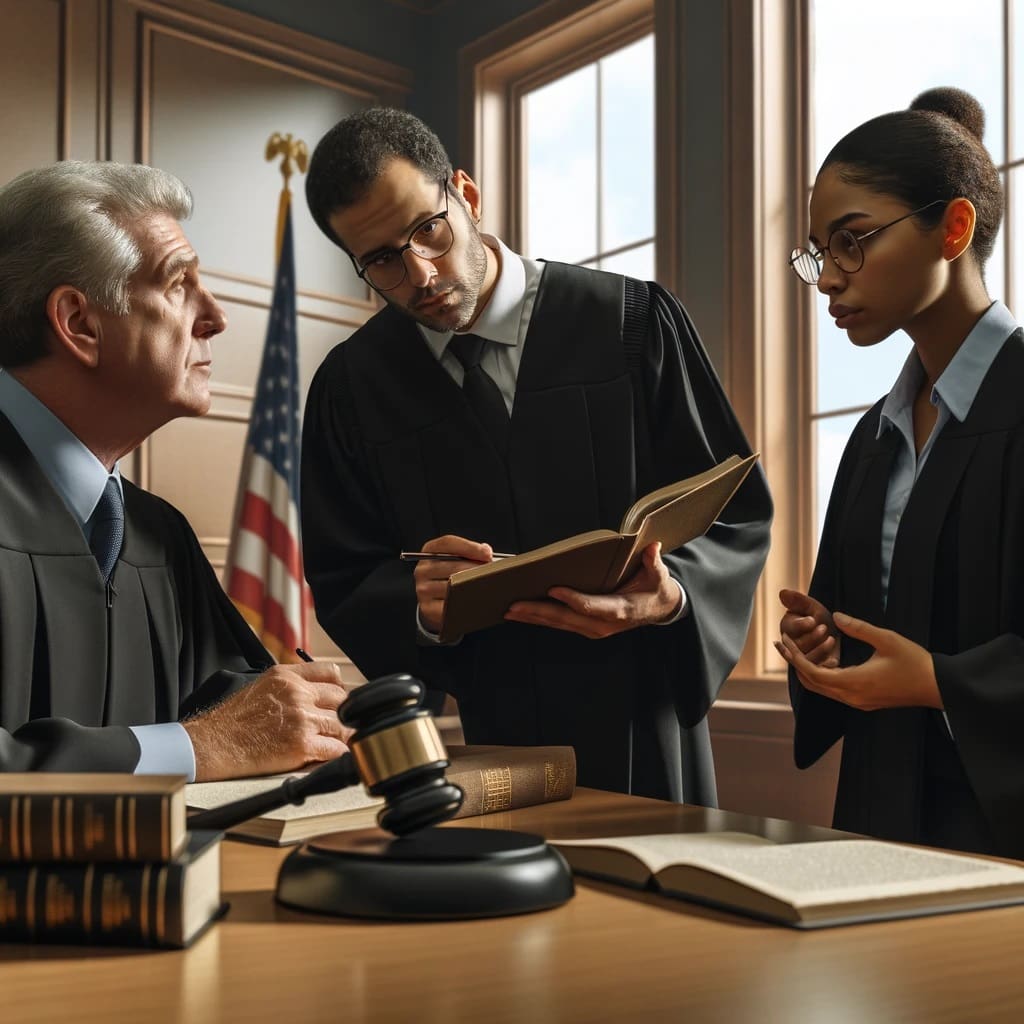Beyond A Reasonable Doubt: The Pinnacle Standard in Criminal Justice
Understanding Beyond A Reasonable Doubt Beyond a reasonable doubt is the highest standard of proof required in most criminal justice systems around the world. It serves as the cornerstone for ensuring fairness and certainty in legal proceedings, particularly in criminal trials where the stakes, including potential loss of freedom, are exceedingly high. This standard requires […]
Read More
